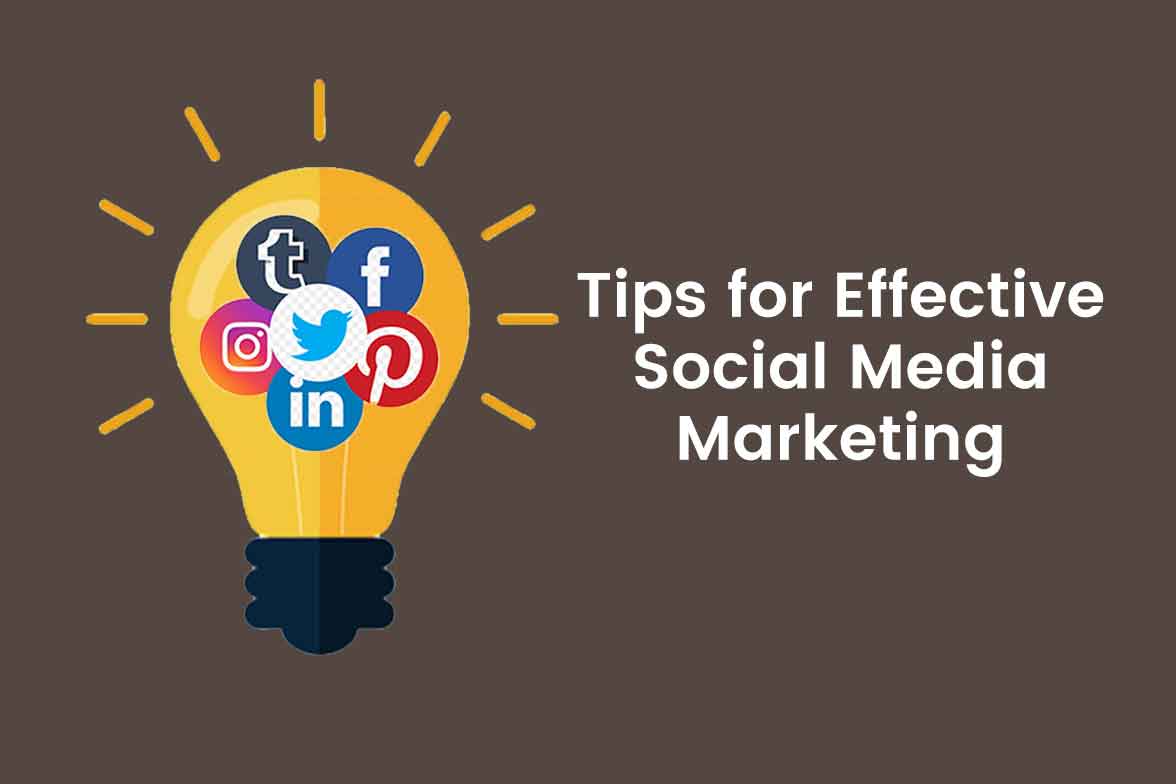Tips for Effective Social Media Marketing

63% of customers actually expect companies to offer customer service via their social media channels, and 90% of social media users have already used social media as a way to communicate with a brand or business. (Source: Smart Insights).
Statistics indicate the paramount importance for companies to pay attention to invest or use social media marketing as a means to increase brand awareness and revenue.
Brands are putting in the effort to launch campaigns that portray their human side to the customers. Just as in content marketing, social media marketing requires a strategy to work out the goals efficiently. You can find new customers or increase the audience base with proper goals and strategies.
So, where do you start?
1. Workable Social Media Marketing Goals
You would have to start with the question: what is social media to you? Or what do you want from it? New customers or to be an influencer? Whatever the aim, you need to set achievable goals. Create realistic goals that are reasonable and easy on the pockets.
You could work on goals like increasing brand awareness by publishing content that illustrates your personality instead of promotional messages, achieve quality sales through monitoring and listening to keywords, phrases or hashtags. Audit your social channels to reduce costs and bring in ROI
2. Research your Target Audience
Use social media tools to collect demographic data to know more about your audience. Collect social media demographics like age, gender, income, education, race, etc, to understand the approach and types of content to publish in various networks. Along with network demographics data, you need to analyze customer demographics with the help of a social media dashboard like buffer or Hootsuite which have free options also.
3. Finalize Metrics that are important to you
Even though likes and views are good to have, they are considered as vanity metrics that can fizzle out soon. To have long-lasting relationships with your followers, follow engagement metrics like reach, link clicks, engagement, sentiment, and hashtags. Sentiment tools like Hootsuite and Mentionlytics, help you to measure the way users are reacting to your brand or hashtag.
4. Check out your competitors
As always, keep your competitors close by. Tools such as SEMrush and Sprout Social makes it easier to scoop out details that you want. The idea is to create campaigns or strategies that will work better than their campaigns. Google search can reveal your competitors through valuable keywords, phrases, and industry terms. Have a look at all those who come up in organic search.
5. Original and Engaging Content
The content is the central part of the strategy. You need to have the right creatives, captions, and beautiful videos and images. But ensure that the content shared is not over-the-top promotional or irrelevant as you risk been unfollowed. The type of content that would need to be produced includes video content and user-generated themes. Videos are the most-watched and you get to choose your options too. User-generated content has great value as they are loved for authenticity.
Now that you have a basic idea, go ahead and get your social media on track. Of course, it is a learning process that requires constant monitoring in real-time to able to support a constantly changing social media. So, give us a call if you get stuck somewhere.